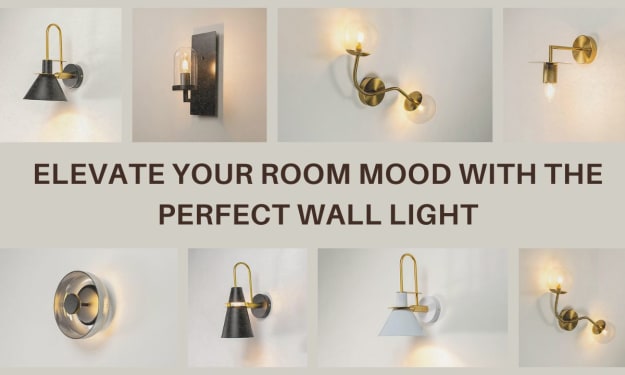4 Ways to Separate Your Bathroom's Wet and Dry Areas
There are many benefits if you separate your bathroom's wet and dry areas. Learn more in this article.

Bathrooms are normally smaller in size than the other rooms in your house. Despite that, it can easily turn into the most dangerous part of your home if not properly maintained.
Slipping in the bathroom is one of the most common causes of accident for elderly people. That simple accidental fall can lead to hospitalisations and serious injuries. A relevant study mentions that nearly 1 in 3 older Australians has experienced a fall in the past 12 months. Depending on the impact and fall itself, they can cause hip fractures that have long-term effects.
Some of the reasons for accidental falls include changes to the body such as poorer eyesight, balance problems, and weaker muscles. Hazards on and around the house like poor lighting, wet floors, unsafe footwear, rugs or uneven steps are also major reasons that can be related to home accidents.
To help avoid those kinds of accidents, separating your bathroom's wet and dry areas is a good solution. So if you're planning on renovating for the safety of both your young and old housemates, you might want to check your kitchens Central Coast space to ensure that its tiles are not slippery. Going back, it does not matter if your space is small because these designs work effectively. Check them here.
Install bathroom curtains
The cheapest way to separate your wet and dry zones is to put up a curtain in between them. It should just be the right size, not too long or too short.
Plastic curtains can easily form moulds, especially when exposed to water every day. A more expensive option has waterproof features such as PEVA (polyethylene vinyl acetate) and EVA (ethylene vinyl acetate) curtains. It is also easier to clean and it absorbs moisture fast. Another choice is a polyester curtain waterproof coating which does not absorb water and moisture, lightweight and does not shrink.
Putting up a bathroom curtain is a budget-friendly alternative and is easier to do than installing other kinds of partitions.
Lower level shower area
If you have a bigger bathroom space and is not a fan of partitions, going with the open concept is also a good choice. You can have your shower area renovated with lower floors than the rest of your space. This is so the water will only stay on that particular area and won't be flowing onto the rest of the bathroom. Make sure to choose the tiles that do not get slippery when wet.
Framed shower cubicle
For real tight bathroom spaces, installing a shower cubicle is the safest way to keep your wet area in a secluded place. This way you can be sure that even the smallest of splashes wouldn't escape its designated space. Frames are important for people to avoid bumping directly into the glass if they have poor eyesight. You can consider getting etched or frosted instead of clear glass to ensure privacy.
Tip: Choose a bolder and more visible colour for the frame.
Wall partitions
Another simple way to isolate your bathroom's splash zone is to construct a wall that separates it from the dry area. Use ceramic tiles for the walls and floors for easy cleaning. The floor area of the shower should be a level lower than the dry zone. This method is considered more budget-saving than getting a glass partition. You can also pick smaller tiles for the shower flooring which has more grout lines that can provide more traction.
In case you want a more eco-friendly partition option, natural materials like bamboo is a great option. Plus, bamboo is water-resistant and does not cost that much. It is also not see-through which highly ensures privacy.
Conclusion
There are more creative ways of separating your bathroom's wet and dry zones. Architectural designs are updated now and then to address their clients concerns. Much so, every homeowner's lifestyle and living situation should reflect the function of their house. If there are kids, make it child-proof. Install safety gates and other security options. If you are living with elderly people, make your house safe for them too.
Know that for all your bathroom and kitchen renovation concerns, you can always rely on a trusted contractor to have your back. Tell them your specific needs and ideas before deciding to proceed with the renovation.





Comments
There are no comments for this story
Be the first to respond and start the conversation.